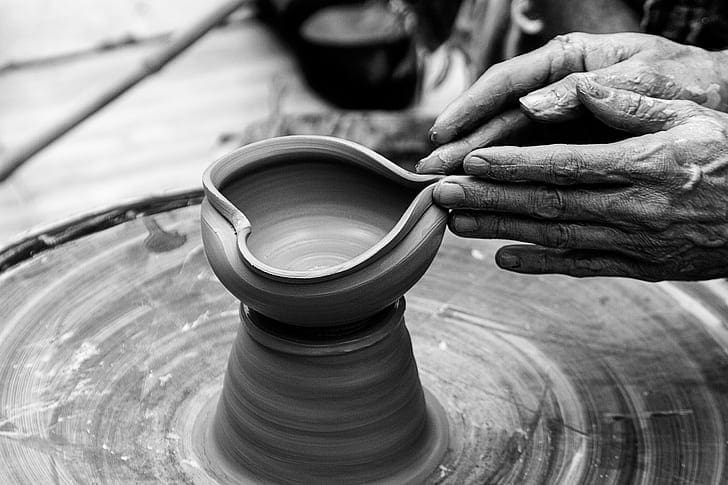Grief can be an overwhelming, isolating experience. When we lose someone we love, it can feel like the world has gone quiet—like there’s nothing that can express what’s truly in our hearts.
But sometimes, creativity can step in where words fall short.
At West Texas Rehab, we recognize that healing doesn’t follow a set path. For many, finding a creative outlet becomes a powerful part of the journey through grief. Whether it’s painting, writing, gardening, music, or photography, creative expression can help people process emotions, reconnect with others, and rediscover a sense of peace.
1. Creative Expression Is Engaging
According to Positive Psychologist Martin Seligman, one of the five core elements of psychological well-being is engagement—becoming deeply involved in something that excites and challenges you. You know that feeling when you’re doing something you love, and time seems to fly by? That’s engagement.
For many people, creative activities provide this sense of flow and presence. It could be sketching, writing poetry, or even arranging flowers. When you’re creating, you’re not just distracted from grief—you’re actively involved in a process that brings some energy and meaning back into your life.
2. Creativity Helps Us Solve Problems
Grief often brings with it a sense of being stuck—trapped by sadness, anxiety, or uncertainty. Creative thinking can help break through those emotional walls.
When you engage in creative tasks, your brain starts making new connections. You begin to see possibilities and perspectives you hadn’t considered. It’s not about “fixing” your grief, but about coping, processing, and reimagining what life looks like now. Creativity can become a tool for transformation, even in the smallest ways.
3. Creativity Fosters Communication and Connection
Grief can make people feel like no one understands what they’re going through. But creative expression allows you to share your emotions in a different language. A photo, a song, a piece of writing—they can all say, “This is what I’m feeling.”
Even when creating is a solo act, it opens doors to community. Art classes, writing groups, or simply sharing your work with a friend can lead to moments of connection, understanding, and healing.
What If You Feel Stuck?
If you’re someone who used to love creating but now feel blocked or uninspired—you’re not alone. After loss, many people find that even their most beloved activities feel distant or hollow.
Here are some gentle suggestions for easing back into creative expression, adapted from grief expert Litsa Williams:
Let go of perfection. Just start somewhere, even if it’s messy.
Take care of yourself. Sometimes creativity returns after rest.
Switch things up. Try a totally new medium or form.
Seek out inspiration. Go to a museum, read a new book, or watch a documentary.
Always carry a notebook. Jot down ideas or images that catch your attention.
Change your setting. A new space can spark new ideas.
Be kind to yourself. The desire to create may return slowly—and that’s okay.
Healing Is Personal. Creativity Can Help.
Grief is a deeply personal experience. There’s no “right” way to move through it—but for many, creativity can be a lifeline. Whether you’re picking up an old hobby or trying something new, allowing yourself to explore and express might bring comfort when you need it most.
If you or someone you love is grieving, our bereavement team at West Texas Rehab is here to walk alongside you. Whether it’s through counseling, spiritual support, or just listening—we believe in healing that touches the heart. You do not have to be under the care of Hospice to receive our free bereavement services.
For more information about any of West Texas Rehab’s Hospice bereavement offerings, including individual counseling, support groups, and/or memorial services, please call us at 325-658-6524 (San Angelo) or 325-793-5450 (Abilene)


